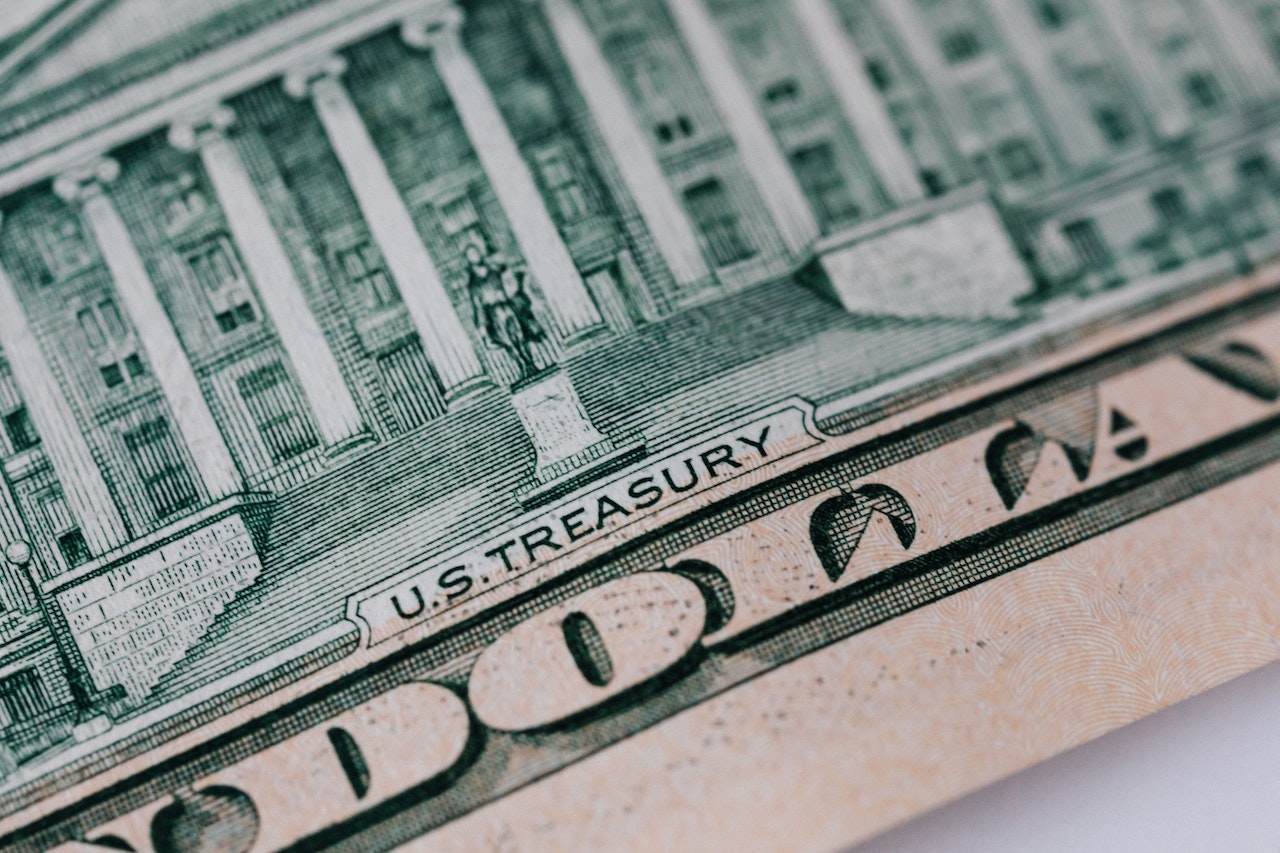The 30-Year Treasury Yields are poised for their most significant quarterly surge since 2009, igniting concerns that the recent bond market turmoil may send shockwaves through the global financial system. This surge has witnessed the long-bond yield climb approximately 82 basis points since the conclusion of June, touching approximately 4.81% on Thursday, a level not seen since 2010. Prominent figures in the finance world, including Bill Ackman of Pershing Square Capital and Larry Fink, CEO of BlackRock Inc., have voiced their predictions of further increases in yields, potentially crossing the 5% threshold for 30-year Treasuries and surpassing current 10-year yield levels, respectively.
Numerous factors have contributed to the plummet in 30-Year Treasury Yields, with investors in longer-maturity bonds enduring the brunt of the interest-rate risk. The Federal Reserve’s commitment to maintaining higher interest rates for an extended period, along with the government’s heightened borrowing to address budget deficits, Fitch Ratings’ downgrade of the US credit rating, and rising oil prices have all played a role. Additionally, the Bank of Japan’s willingness to permit Japanese yields to rise has contributed to the complex web of forces influencing the bond market.
Thierry Wizman, Director of Global Currencies and an Interest-Rate Strategist at Macquarie Futures, expressed his concerns about the volatility in the market and warned of potential consequences. Energy price hikes and rising interest rates remain a source of unease for Ackman and many others in the financial sector.
US government debt has declined by approximately 3.1% in the current quarter, contributing to a 1.6% drop in value for the year. Treasuries are on track for their third consecutive annual loss, following a substantial 12.5% decline last year. Long bonds, in particular, have witnessed a decrease of approximately 12% since June.
While the economy and financial markets have demonstrated some resilience in the face of these challenges, higher yields are imposing tighter financial conditions just as other headwinds are emerging, including autoworker strikes, the imminent resumption of student-loan payments, and the potential for a government shutdown.
Jack McIntyre, a Portfolio Manager at Brandywine Global Investment Management, noted that, unlike previous bond bear markets, the current one has not yet yielded significant negative consequences. However, the fear of the unknown is palpable among investors as they anticipate the next potential shock to the markets.
The Federal Reserve has not yet taken decisive action to counter rising yields, and some officials may even view this trend favorably as it could help temper inflation by slowing economic growth. Last week, the central bank left rates unchanged at a 22-year high, with plans for one more hike this year.
Charlie McElligott, a Cross-Asset Macro Strategist at Nomura Securities International Inc., envisions a scenario in which the selloff intensifies, particularly if insurance companies are forced to reduce their long-bond holdings to mitigate losses or hedge against interest-rate risks.
The bond futures market adds another layer of complexity, with potential consequences for yields stemming from the delivery of securities between traders with short positions and those with long positions.
Marko Kolanovic of JPMorgan Chase & Co. has drawn a disconcerting historical parallel to the global financial crisis. He highlighted that the percentage increase in consumer loan rates over the past two years dwarfs the 2002-2008 period, underscoring the potential risks for both markets and the economy.
In light of this ominous backdrop, market observers, including Bridgewater Associates LP founder Ray Dalio, have sounded the alarm, with Dalio warning of an impending “debt crisis” for the United States.
Some investors are taking proactive measures to shield themselves from further yield surges, leading to a surge in the cost of using options to hedge against a continued rise in Treasury rates, particularly in longer maturities, to levels not seen in about a year.
Source: Bloomberg



